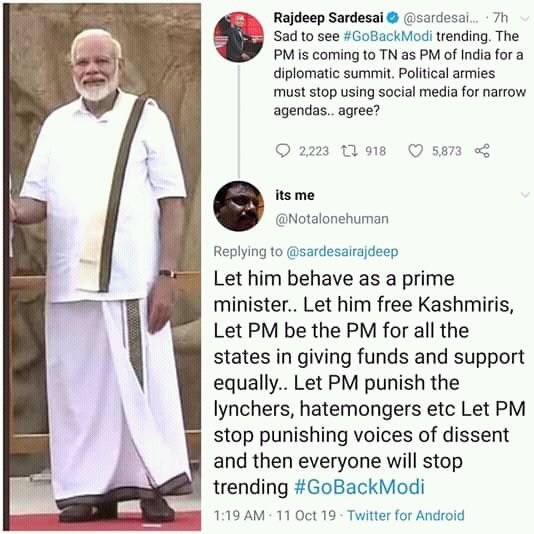Yes it is a real form of marketing !
The word "meme" was coined by Richard Dawkins' in his 1976 book The Selfish Gene. Meme marketing is a subset of viral marketing, which uses social media for propagation. So how do companies do it and do people like it?
Meme's tickle the funny bones of every person, if a brand is grounded to the current trends they can use it to their advantage like the #PrayForNesamani trend which many companies took advantage and promoted their brand.
How can this be effective, lets see some strategies followed by some leading companies.
This happened recently, an advertisement by a company called Peloton aired an ad and this caused a big buzz in the social media market. Now the company aviation gin took advantage of this buzz and marketed their product by creating an ad where the actress in the controversial ad is being comforted by friends over a glass of aviation gin.
So what was the peloton ad and the controversy, the ad starts by a husband gifting a stationary peloton bike for Christmas. This ad was misinterpreted by many as an act of a controlling husband who gifts an exercise bike for an already thin looking lady, and implying she needs to loose weight. It was a perfectly innocent ad focussed on increasing sales during the season, but got caught to current cultural sensitivity.
while people were divided in opinion whether it was sexist or perfectly normal gift for a husband to give, Ryan Renolyds brand Aviation Gin went ahead and created this ad to take advantage of the buzz and take a cheeky shot on the peloton bike company. the ads are below.
The peloton ad which created this controversy.
The word "meme" was coined by Richard Dawkins' in his 1976 book The Selfish Gene. Meme marketing is a subset of viral marketing, which uses social media for propagation. So how do companies do it and do people like it?
Meme's tickle the funny bones of every person, if a brand is grounded to the current trends they can use it to their advantage like the #PrayForNesamani trend which many companies took advantage and promoted their brand.
How can this be effective, lets see some strategies followed by some leading companies.
This happened recently, an advertisement by a company called Peloton aired an ad and this caused a big buzz in the social media market. Now the company aviation gin took advantage of this buzz and marketed their product by creating an ad where the actress in the controversial ad is being comforted by friends over a glass of aviation gin.
So what was the peloton ad and the controversy, the ad starts by a husband gifting a stationary peloton bike for Christmas. This ad was misinterpreted by many as an act of a controlling husband who gifts an exercise bike for an already thin looking lady, and implying she needs to loose weight. It was a perfectly innocent ad focussed on increasing sales during the season, but got caught to current cultural sensitivity.
while people were divided in opinion whether it was sexist or perfectly normal gift for a husband to give, Ryan Renolyds brand Aviation Gin went ahead and created this ad to take advantage of the buzz and take a cheeky shot on the peloton bike company. the ads are below.
The peloton ad which created this controversy.
The Aviation gin ad which took advantage is below
Now if you see the way the brands have promoted their videos, Peloton said "The gift that keeps on givin" after it got caught in the controversy, aviation gin gave out the title"the gift that does not give back". Now that is timely marketing with a wicked sense of humour.
These type of viral marketing needs a marketing team which is quick and keeps an eye on what is trending and when some thing happens which their brand can take advantage they do it immediately.
The above example is an one off situation where any trend which happens gives opportunity for promoting their brands. But this type of situations don't come very often so how can brands leverage memes to promote themselves. lets see some ways in which brands are doing this.
One brand which uses meme very frequently in India is Big Bazzar
Big Bazzar joined together with a popular social media page Rajinikant vs CID Jokes and took advantage of popular meme templates.
Pepsi also took advantage of popular template and sent out some memes.
The crux of taking memes for marketing is
- Be quick enough to take advantage of any meme, don't let the moment pass
- While being quick don't get into sticky situations or embarrass your brand (Taped Banana)
- Do not over use a meme template (Jealous girlfriend)
- Do no use a meme which has negative undertone (Pepe the frog)
- Make sure your followers are able to understand the meaning
This is a new phase in marketing which is interesting as well as entertaining lets see where this leads us.
























































